The DTU (Data Transfer Unit) is a critical industrial-grade device designed for secure, reliable, and intelligent wireless data transmission. Implemented in diverse sectors such as petrochemical, metallurgy, smart water, energy, and IoT, DTUs are surging in demand as industries accelerate digital transformation, automation, and efficiency optimization.
1. DTU Industry Landscape & Market Trends
- According to MarketsandMarkets, the global industrial IoT market—including DTU devices—was valued at over $263 billion in 2023, with a projected CAGR of 7.6% through 2028.
- The adoption of high-reliability wireless DTUs (LTE/5G) is growing by 28% YoY in oil & gas sectors, driven by the demand for real-time SCADA, remote asset monitoring, and predictive maintenance.
- Key sector applications: Water utility automation, distributed energy assets, smart grid management, remote pipeline instrumentation, and municipal IoT.
- Emerging trend: Integration of DTU with edge computing & AI for data preprocessing, anomaly detection, and autonomous operation at the device level.

2. Technology Explored: Structure, Protocols, Material & Reliability
DTUs are microprocessor-controlled transmission modules, typically encased in robust IP65/IP67 housings using industrial-grade materials such as cast aluminum or polycarbonate (PC+ABS). Their internal architecture includes:
- CPU & Communication Controller: Arm Cortex M4/M7 processors for high-speed, low-latency operation
- Industrial-Grade Radio: 4G LTE/5G NB-IoT/Cat.M1/LoRa/RS485/RS232/TTL multi-protocol support
- I/O & Power Management: Multi-channel analog & digital interfaces, surge protected; wide voltage input (DC 9-36V)
- Security & Monitoring Chipsets: AES-256 encryption, embedded watchdog, OTA update support
- IoT Cloud Connectors: MQTT, TCP/IP, HTTPS, Modbus gateway, support for AWS IoT, Azure IoT
3. DTU Manufacturing Process Flow & Quality Standards
Material Selection
Industrial Aluminum / PC+ABS, compliant with
ISO 9001, RoHS, UL
→
CNC Precision Machining
Case forging, slot, & aperture cutting; ±0.03mm accuracy
→
PCB Assembly
SMT/AI, industrial solder, multilayer RoHS PCB
→
Module Integration
Radio, I/O, surge, and antenna integration
→
Quality Control
Full function, RF, EMI/EMC, temperature test (ISO/IEC17025 lab)
→
Final Assembly & Burn-in
Sealing, anti-vibration, 72h aging, package with serial/label
- Longevity: Average MTBF > 100,000 hours; designed for 8–12 years’ industrial service.
- Ingress Protection: IP65/67 certified, UV-resistant, operating -40°C ~ +75°C.
- Compliance: ISO 9001, FCC, CE, RoHS, ANSI C62.41, GB/T17626, EN55032/35.

4. DTU Technical Parameters & Product Comparison
| Model |
Protocol |
I/O |
Cellular Network |
Operating Temp. |
Ingress Protection |
Power Supply |
Dimension (mm) |
Lifespan (Years) |
| TSUN DTU-850 |
Modbus/TCP, MQTT, HTTPS, IEC104 |
4DI/2DO/1AI/2RS485 |
4G LTE/5G NB-IoT |
-40~+75°C |
IP67 |
DC9~36V |
130x97x28 |
10–12 |
| Brand X DTU200 |
Modbus, TCP/IP |
2DI/1DO/2RS232 |
2G/3G/4G |
-20~+65°C |
IP55 |
DC12~24V |
110x90x24 |
7–8 |
| Brand Y EdgeDTU-AI |
Rest API, MQTT |
2AI/2AO/2RS485 |
4G LTE/5G |
-30~+70°C |
IP66 |
DC9~28V |
140x102x30 |
8–10 |
5. DTU Applications & Use Case Benefits
A. Typical Sectors
- Oil & Petrochemical: Real-time pipeline leak monitoring, SCADA data relay, explosion-proof DTU deployment.
- Smart Water: Remote meter reading, valve control, pump/facility anomaly reporting; battery DTU for non-powered sites.
- Metallurgy: Furnace, environmental, and equipment telemetry for predictive diagnostics and ISO 50001 compliance.
- Distributed PV/Energy: Power plant asset monitoring; IIoT gateway, inverter telemetry; supports IEC104/Modbus.
- Environmental & Smart City: Wastewater DAQ, air quality sensors, municipal lighting remote control.
B. Application Advantages at a Glance
- Long-range wireless: Covering up to 8–15km via LTE/5G; seamless Roaming; low latency (<80 ms end-to-end)
- Power-saving modes: 0.2W standby; battery backup >36 hrs for remote/nondisrupted operation
- Anti-corrosion/coating: Epoxy/PU for chemical, dust, & UV-resistance in extreme factories
- Redundant data buffering: Ensures no data loss during link/breakdown, meeting FDA/ISO 27001 for data integrity
- Plug-and-play with One-click OTA, WebConfig, and Modbus auto-recognition
Case Study: Water Utility Group, Southeast Asia
- Challenge: 9,000+ smart meters in 47 distribution zones, low coverage, frequent manual maintenance.
- Solution: Deployment of 950+ DTU units, battery-powered auto-data relay, leveraging 4G/5G LTE-M.
- Benefit: 99.97% connectivity, maintenance cost -42%, field visits reduced by 70%.
"With DTU, we achieved remote visibility and proactive pipe monitoring; this transformed service quality and compliance" — Head of SCADA Team, Client Testimonial, 2023
6. Market Leader Comparison: DTU Manufacturers
| Brand |
Key Certification |
Main Features |
Years in Service |
Service Clients |
| TSUN ESS (DTU) |
ISO 9001, CE, FCC, RoHS, GB/T17626 |
4G/5G, Multi-I/O, -40°C smart, OTA, IP67 metal |
12 |
ABB, Sinopec, State Grid, BYD, Datang Power |
| Nari |
CE, EN55032/35, CCC |
Battery backup, IP65, MQTT protocol |
8 |
State Grid, CRRC |
| Advantech |
FCC, UL, ISO 14001 |
High-speed Modbus, LTE Cat1, RS232/485 |
15 |
Honeywell, GE, Yokogawa |
| Moxa |
ANSI, UL, CE, FM |
Industrial LoRa/LTE, Edge AI, metal casing |
16 |
BP, Siemens, Shell |
7. Customization, Supply, Warranty & Service
A. Customization Process
- Requirement Definition: Signal, wireless type, I/O, environment, test/standards (e.g. ANSI C62.41, EN55035)
- Solution Demo: Prototype configuration (e.g. extra DI/AI, edge AI modules, cloud scheme)
- Pilot Sample: Certification test, onsite trial, PLC/SCADA/ERP integration
- Mass Production: Rapid DTU manufacturing, multi-point QC, serial/batch shipping
B. Lead Time & Warranty
- Lead time: Samples 7–12 days; batch order 15–25 days, tailored for project scale.
- Standard warranty: 2 years; extendable to 5 years for IP67 models.
- Global technical support: Protocol troubleshooting, remote OTA upgrades, lifetime firmware updates.
- 24/7 hotline & ticketing system; on-site engineering service in 36+ countries.
C. Third-party Reliability Reports & Compliance
- Lab environmental & EMC report: TUV / SGS / Intertek
- FDA & ISO/IEC 17025 compliance for data security transmission and remote auditing—meets smart grid and pharmaceutical data traceability standards.
8. Frequently Asked Technical Questions about DTU
DTU Professional FAQ
Q1: What materials are generally used in DTU casing, and how do they impact longevity and environment resistance?
Industrial DTUs typically use cast aluminum alloy or high-impact polycarbonate (PC+ABS) for the enclosure. Aluminum offers superior electromagnetic shielding, corrosion resistance and can withstand harsh environments (salt spray, petrochemical exposure), resulting in a lifespan exceeding 10 years especially for IP67 models.
Q2: What international standards must a DTU comply with?
Certifications include ISO 9001 for quality, CE/FCC for EMC/radio safety, ANSI C62.41 for surge immunity, and EN55032, EN55035 for RF/interference control. Compliance ensures global interoperability and safe industrial deployment.
Q3: Why is wide operating temperature important for DTU, and what are typical specs?
Wider temperature range (commonly -40°C ~ +75°C) allows operation in outdoor substations, meters, and remote oilfields. It ensures performance in freezing, tropical and desert environments, which is vital for telecommunications, oil & gas and utilities.
Q4: How does data redundancy work in premium DTUs?
Advanced DTUs include onboard buffer memory, non-volatile storage, and protocol fallback, ensuring no data loss during transient line failure. This satisfies FDA, ISO 27001 and key regulatory requirements for data integrity.
Q5: What are the main I/O interfaces supported?
Leading DTUs offer a mixture of RS485, RS232, digital input/output (DI/DO), analog input (AI), relay output, and sometimes CAN or USB. More I/O increases field compatibility with sensors, actuators, and legacy equipment.
Q6: What installation standards apply for DTU deployment?
Installation follows IEC 60950-1 (safety), IEC 61010 (measurement control), and indoor/outdoor mount IP standards. For explosive environments, ATEX/Ex certifications may be required. Proper grounding is critical for surge and EMI mitigation.
Q7: What power supply options exist for DTU in isolated/rural sites?
Premium DTUs support power-over-Ethernet (PoE), battery packs, solar charging, and wide voltage DC (typ. 9–36V), with ultra-low power sleep for remote unmanned stations.
9. Why Choose TSUN ESS DTU?
- Decade-long field experience in global grid, utility, and heavy industry projects.
- ISO, CE, FCC, RoHS, and ANSI tested; references from ABB, Sinopec, State Grid.
- Rapid customization with in-house R&D and full-lifecycle support.
- Proven data on reliability, MTBF, and low TCO in challenging environments.
- Proactive warranty, rich technical resources, and multilingual support team.
10. Conclusion & Industry References
With the rise of IIoT and automation, DTU technology is now fundamental for next-generation data-driven industries. Its customization, extreme reliability, and compliance with global standards make it the core link for building resilient, smart, and sustainable ecosystems. For detailed product documentation and project consultation, please refer to the manufacturer’s website and the following expert sources:
Content validated by industry standards: MarketsandMarkets, ISO, IEEE, ControlGlobal, SmartIndustry, ScienceDirect, MRPLC.
 LEARN DETAILS
LEARN DETAILS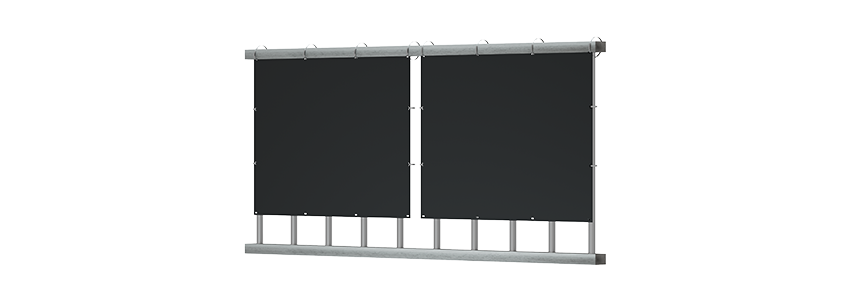


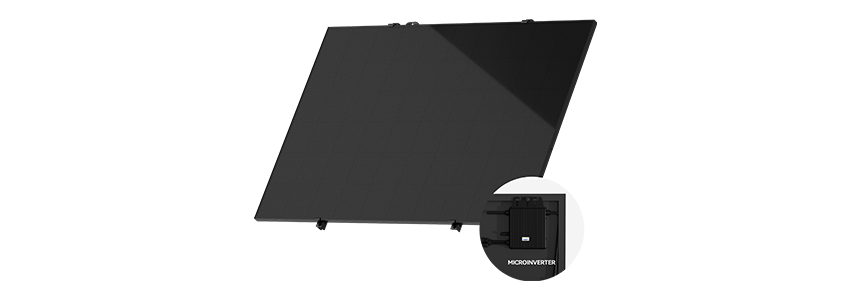
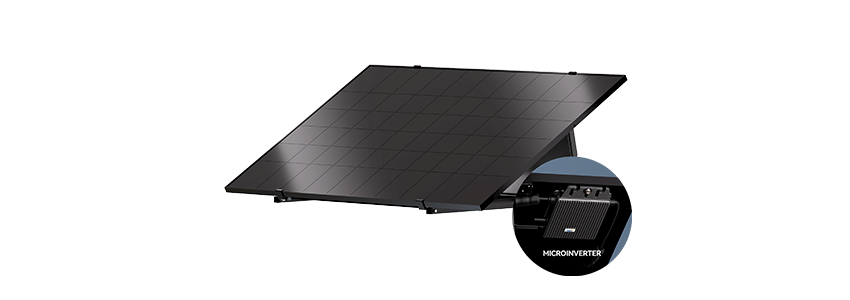
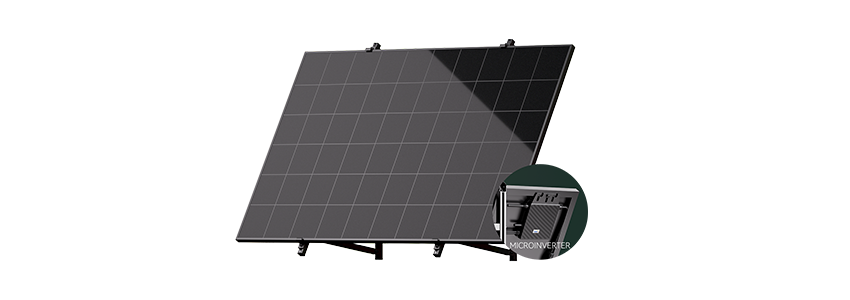

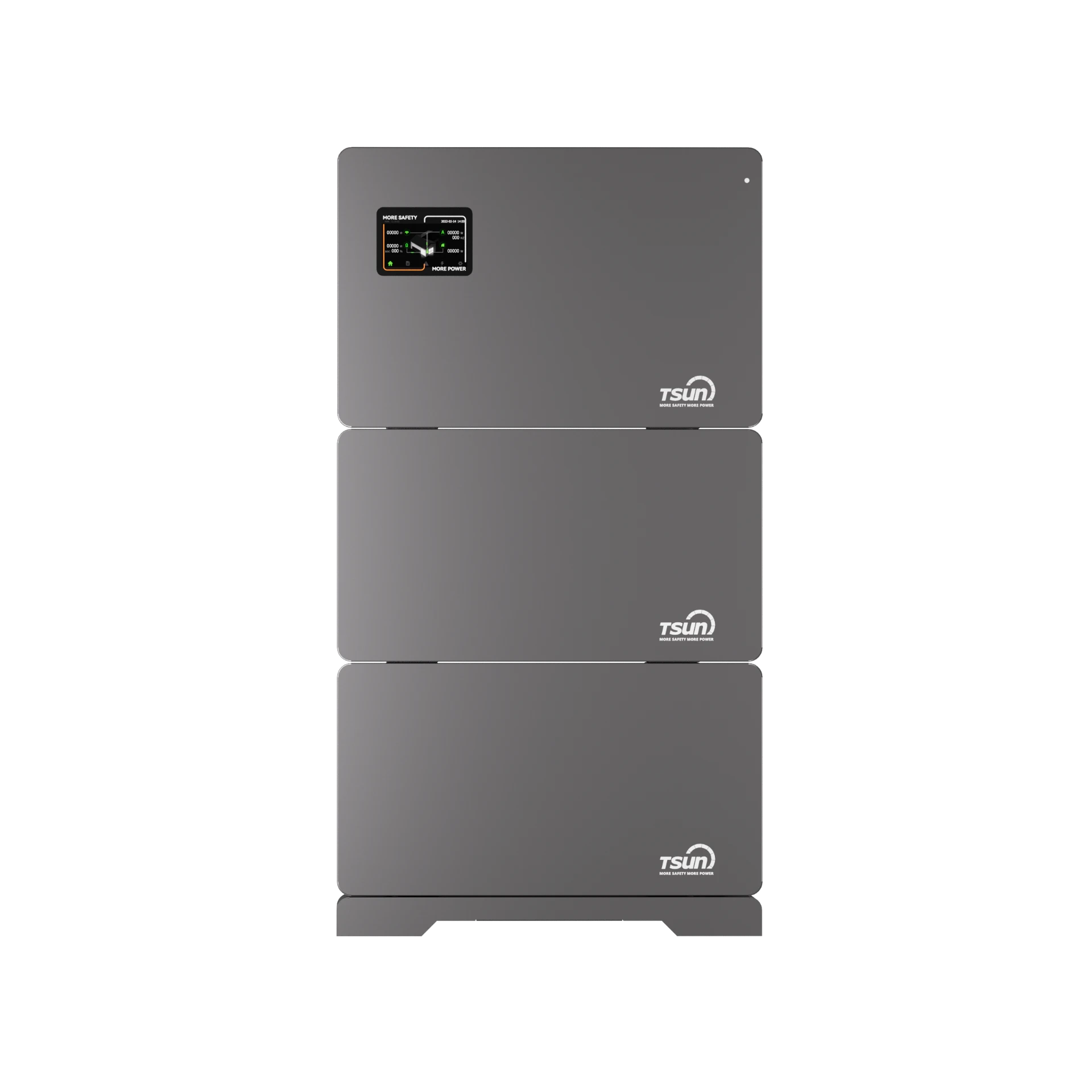




 LEARN DETAILS
LEARN DETAILS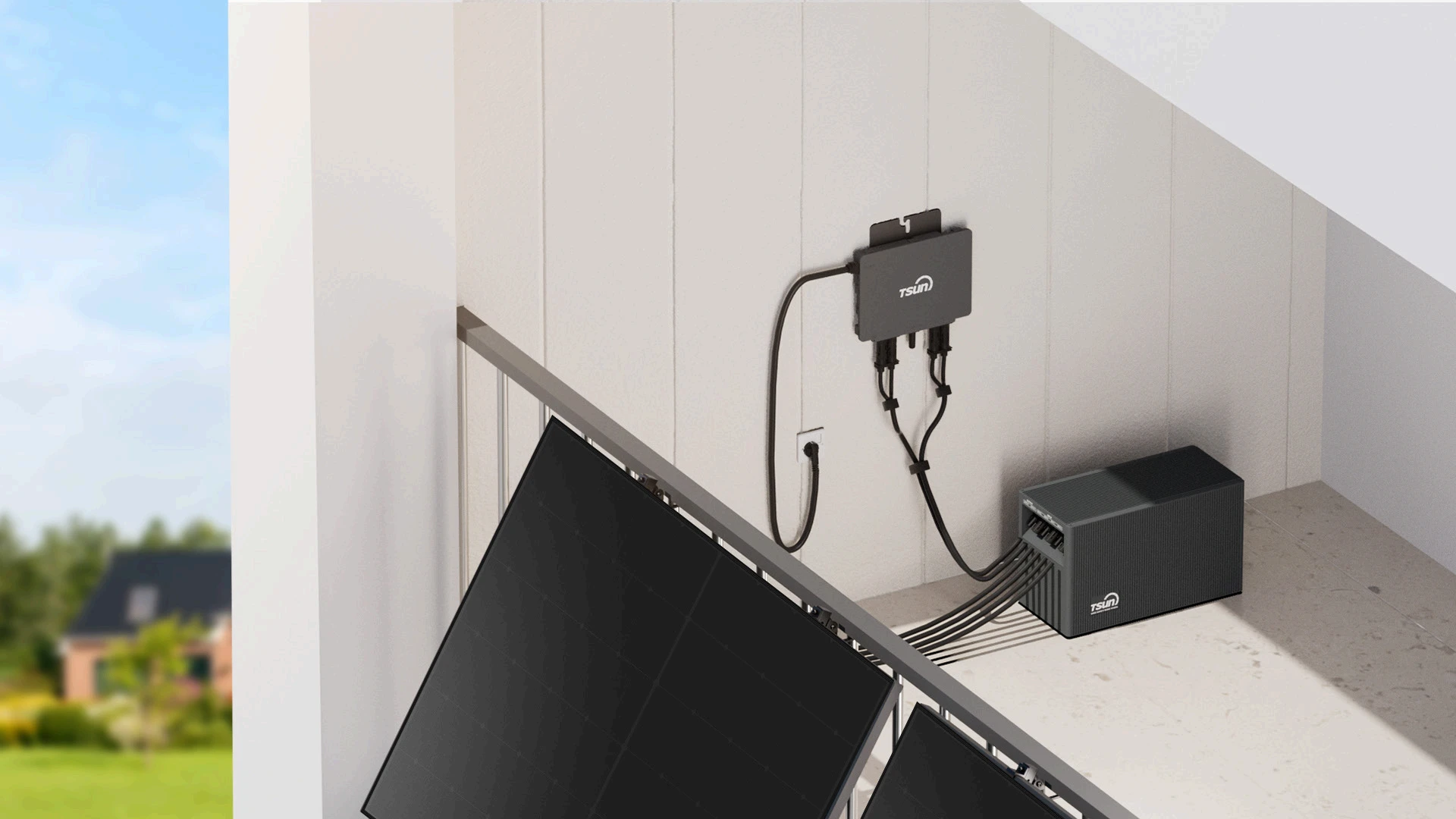
 LEARN DETAILS
LEARN DETAILS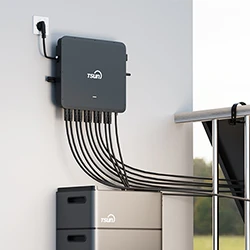
 LEARN DETAILS
LEARN DETAILS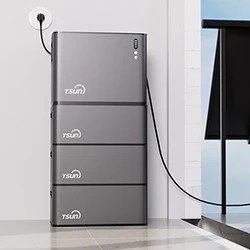
 LEARN DETAILS
LEARN DETAILS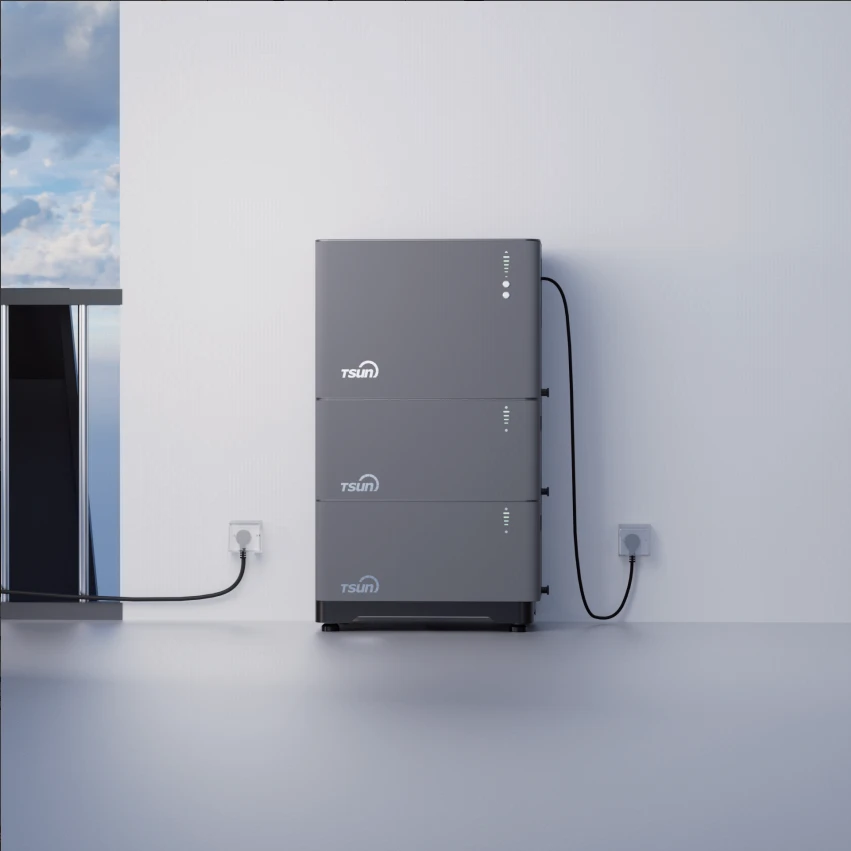
 LEARN DETAILS
LEARN DETAILS

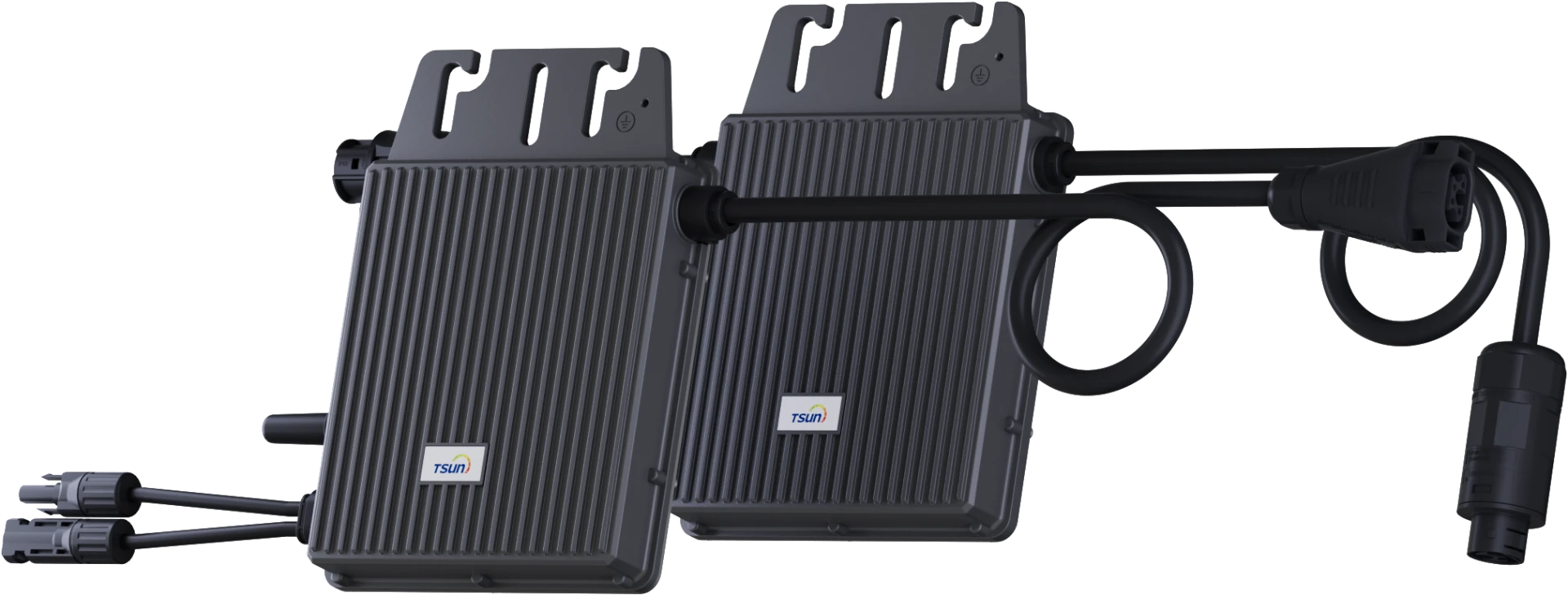
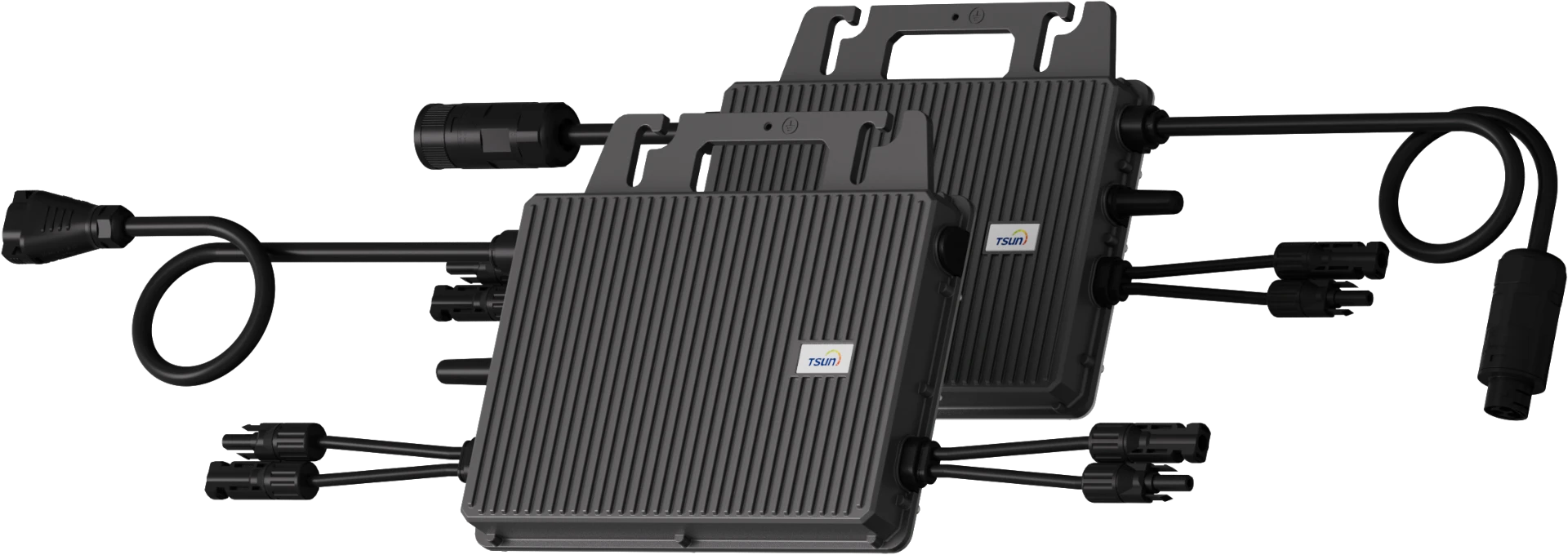
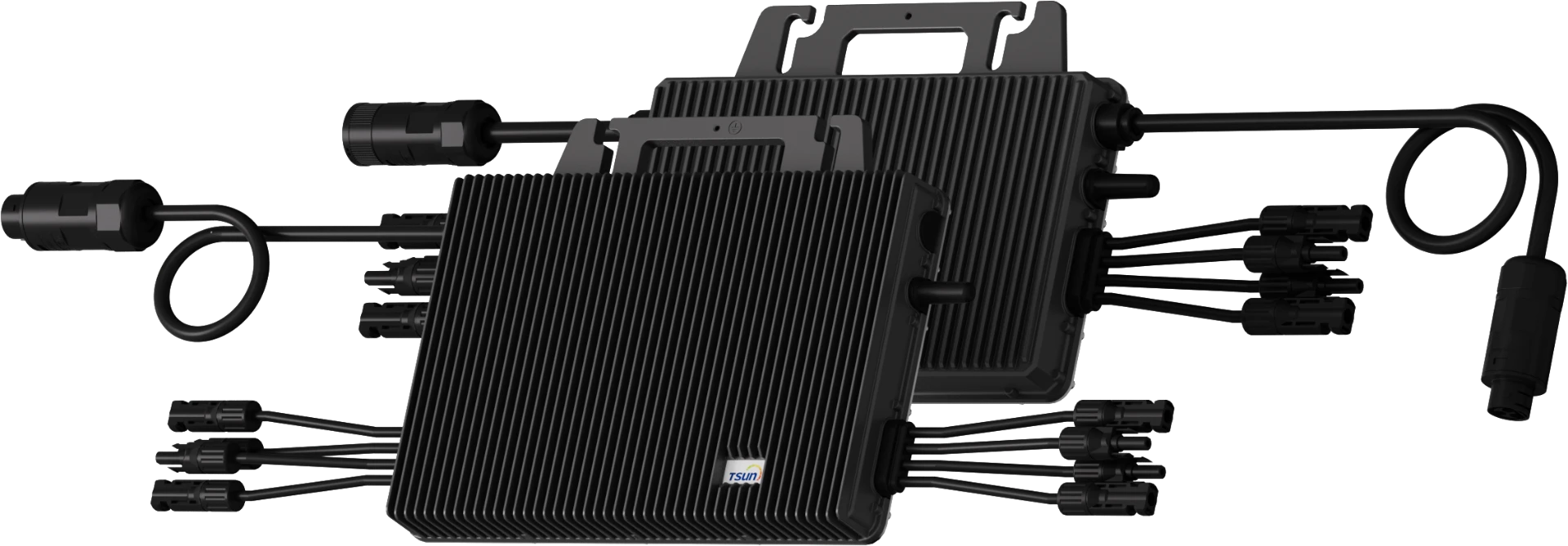
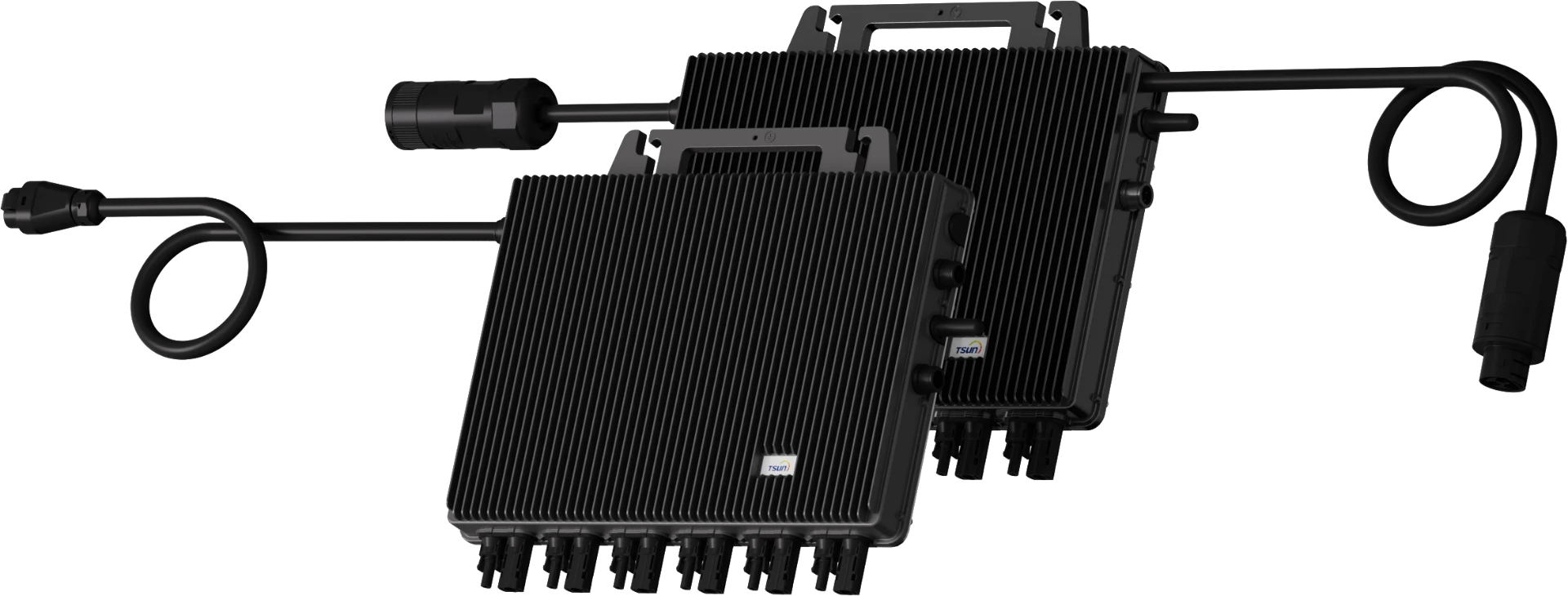
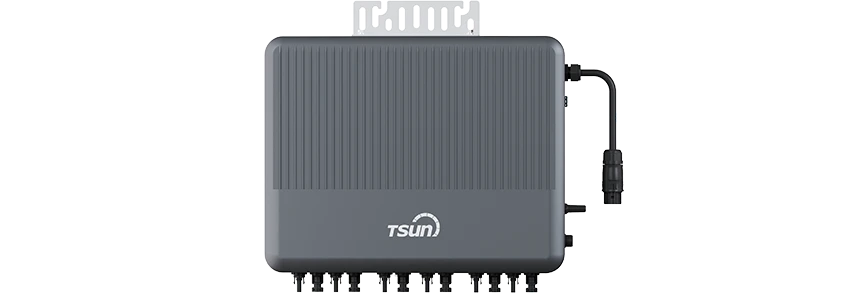
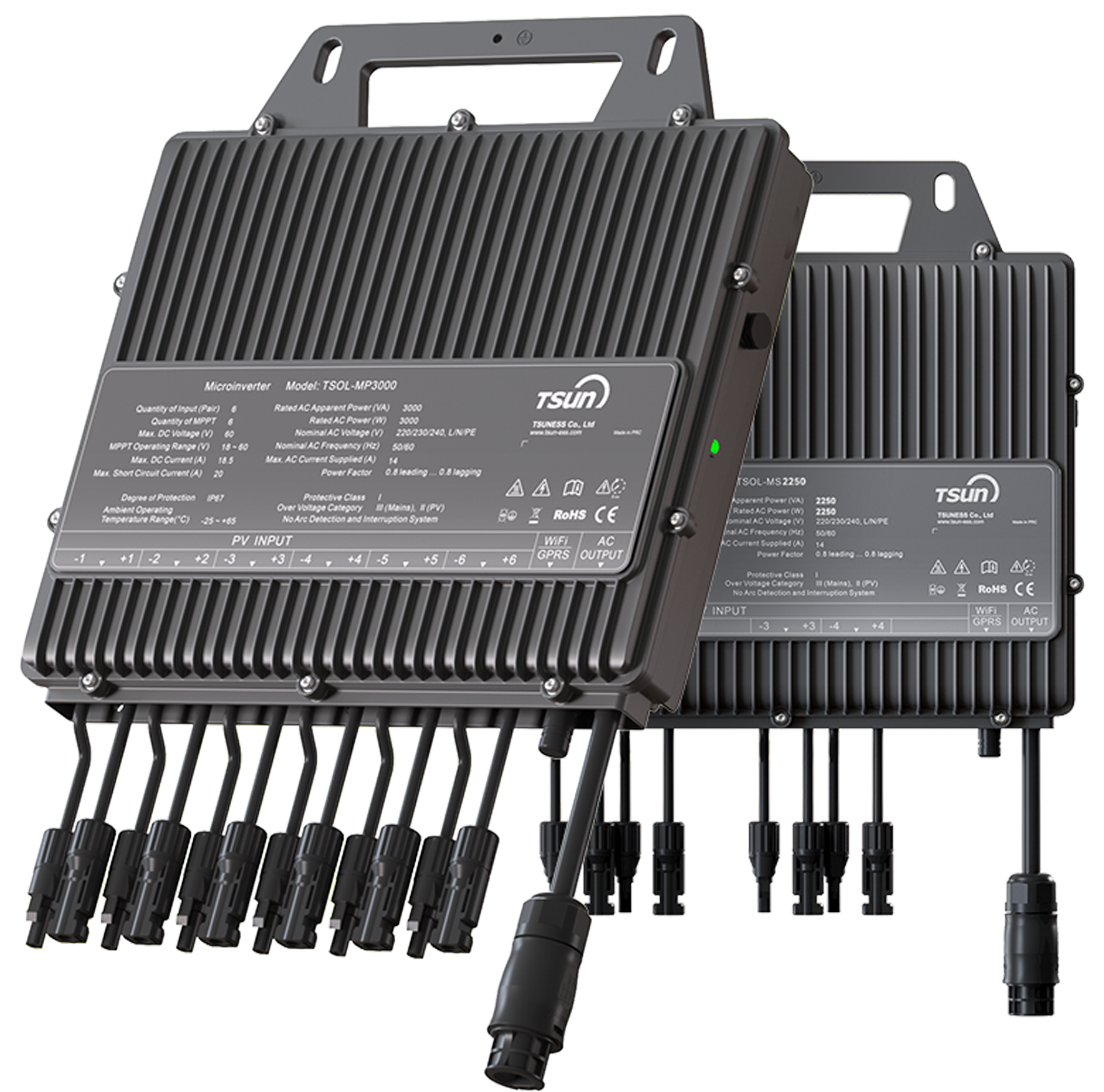
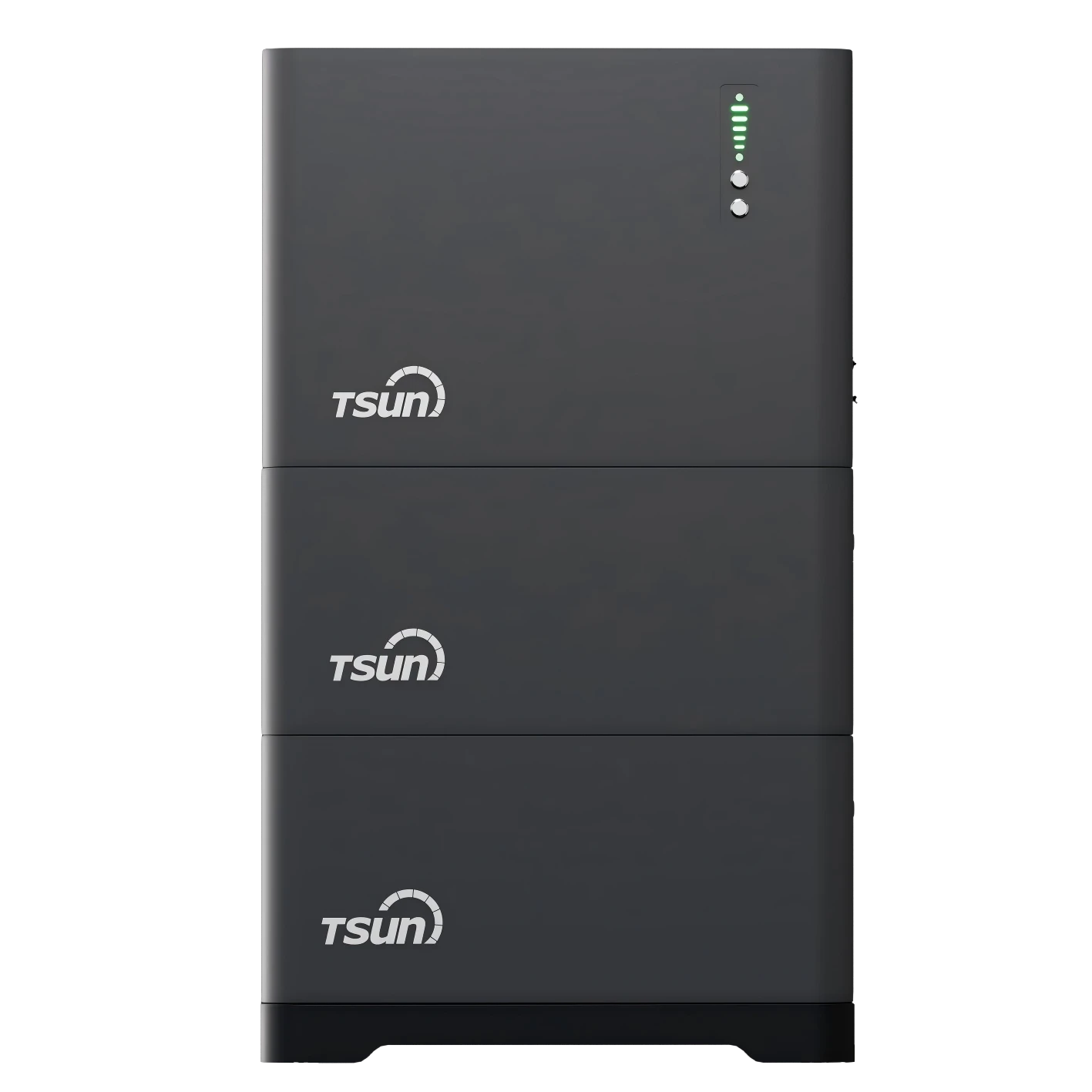
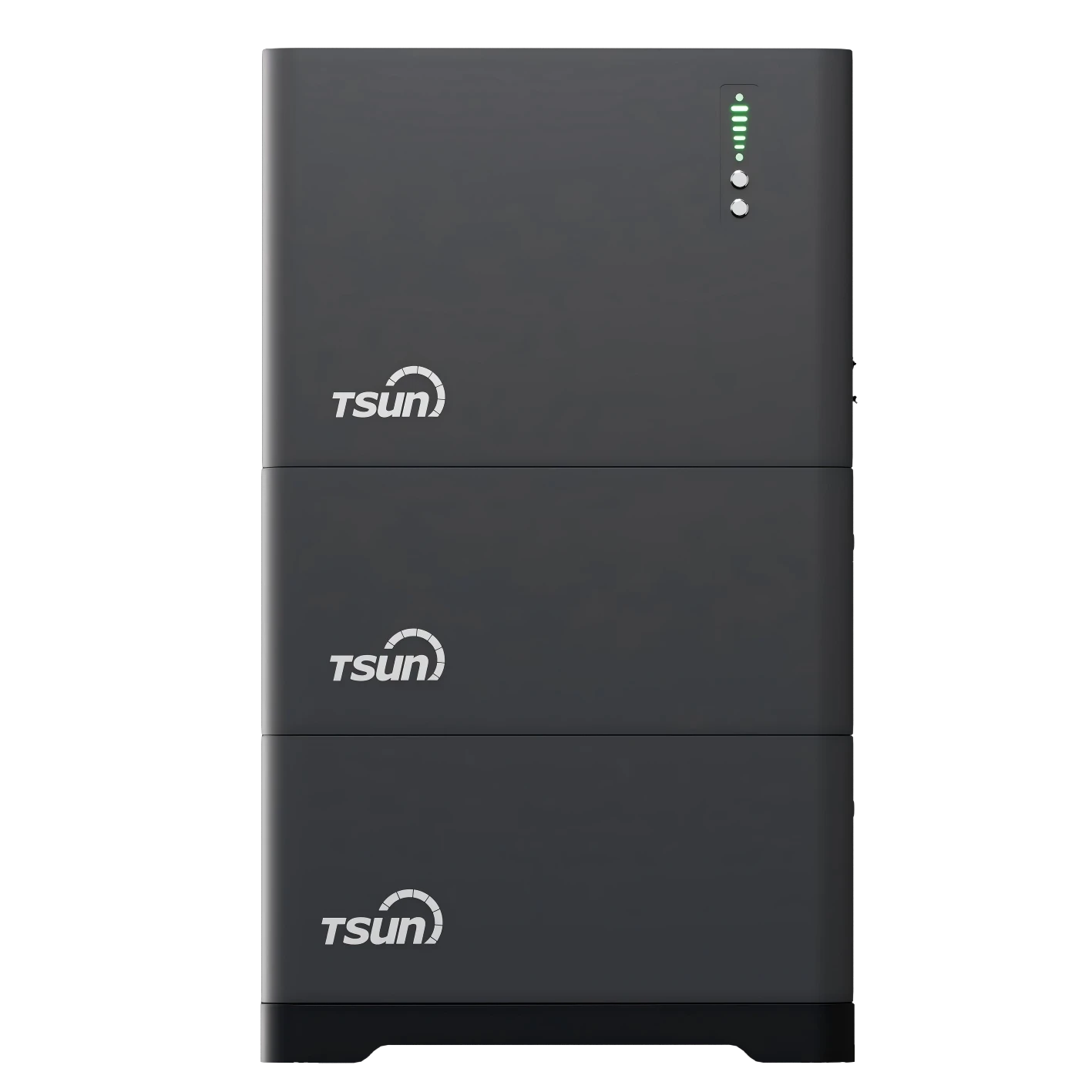
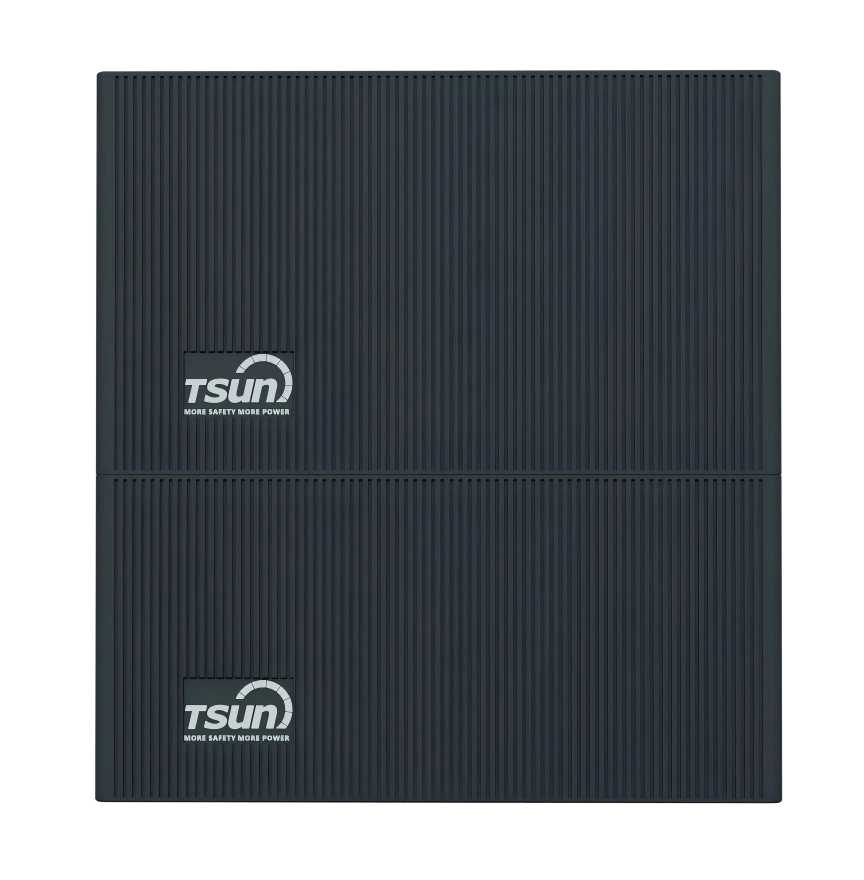



 Downloads
Downloads Video Center
Video Center Report Fault for Repair
Report Fault for Repair FAQS
FAQS Service Network
Service Network Privacy Policy
Privacy Policy Contact us
Contact us Monitoring
Monitoring


 LEARN MORE
LEARN MORE








